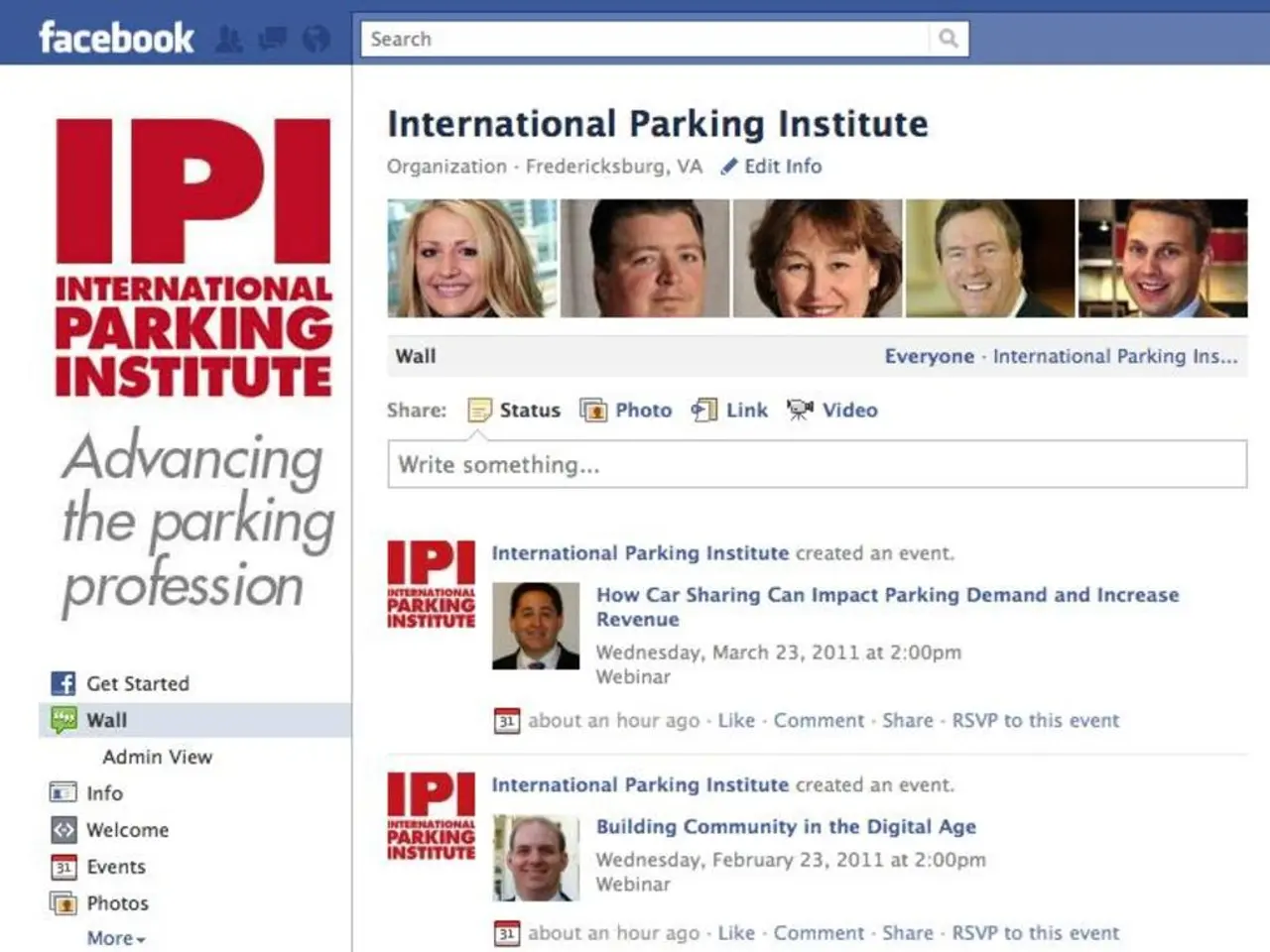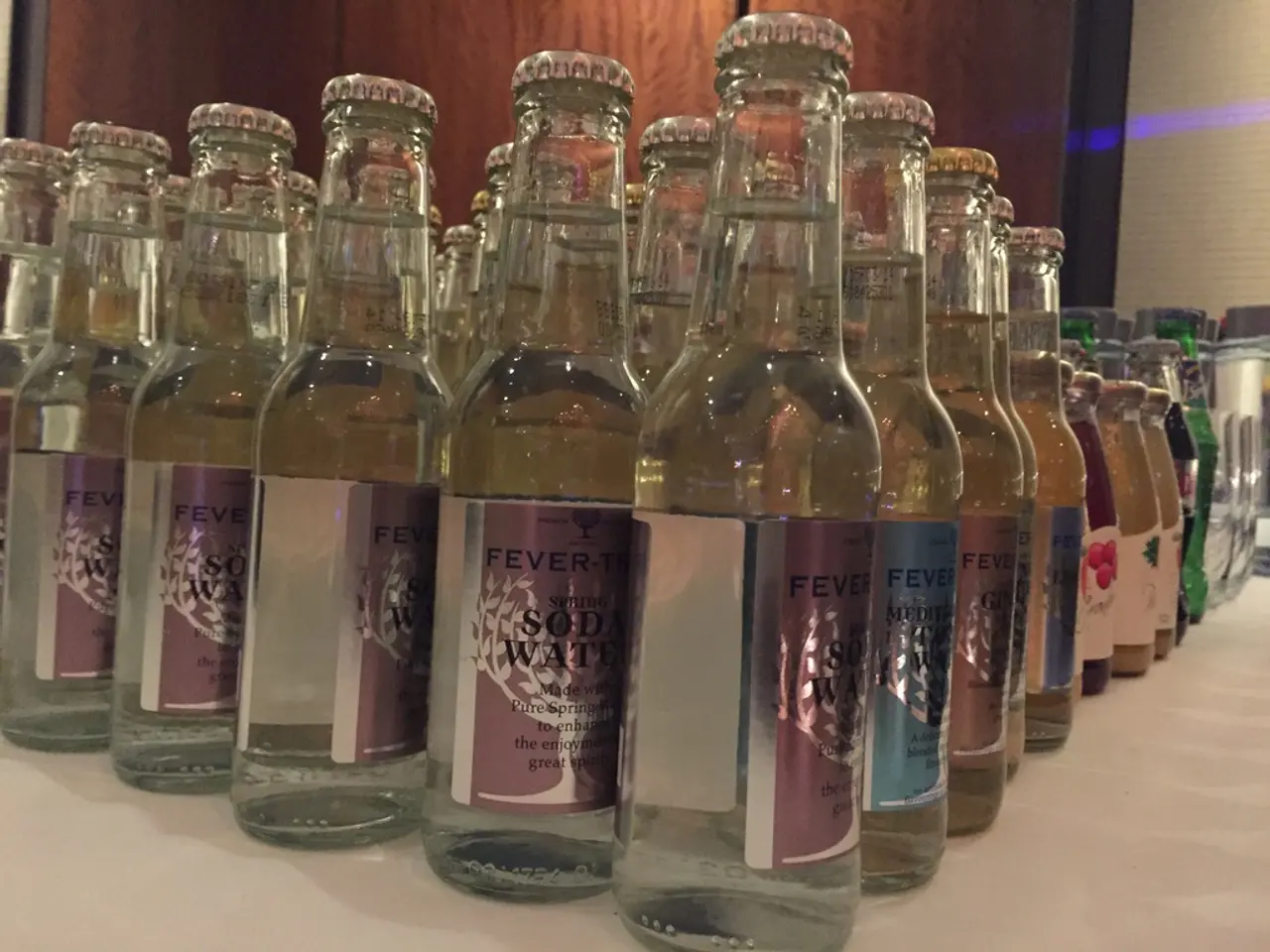Heineken, the beer company, reported lower revenues during the initial half of the year
Heineken, the world's second-largest brewer, reported a decrease in beer sales for the first half of 2025. The company's revenue for the period was 14.2 billion euros, a decrease of 0.6 billion euros compared to the same period in 2024. The decline was mainly due to the strengthening of the euro, which reduced the value of Heineken's foreign earnings, particularly from markets such as Mexico, Brazil, and Ethiopia.
Weaker sales in the United States, Brazil, and various European countries also contributed to the overall volume decline. Retail disputes and tougher price negotiations with large supermarket chains in Western Europe, including France, the Netherlands, Germany, and Spain, negatively affected sales. Some retailers even delisted Heineken products during attempts to increase prices despite weak consumer demand.
The European beer market continued its long-term shrinkage, and domestic beer consumption in the Netherlands also decreased, further impacting Heineken's performance in that region.
However, not all regions were affected equally. Vietnam, India, and Mexico showed strong growth, contributing to organic net revenue increases despite volume declines globally. These markets supported a 2.1% organic net revenue rise in the first half of 2025. Nigeria and Ethiopia (part of Africa) also showed performance improvements.
Conversely, Brazil, the USA, and parts of Europe (including the Netherlands, France, Germany, Spain, Poland, and Austria) experienced declines in beer volume and sales. Europe faced particular challenges due to consumer demand weakness and retail negotiation difficulties.
Despite the overall decline in beer volume, Heineken managed to achieve an "organic growth" of 2.1 percent in the first half of 2025, excluding currency fluctuations. The company's global beer volume in the first half of 2025 was 116.4 million hectoliters, a decrease from 118.2 million hectoliters in the same period in 2024.
Heineken will need to address these challenges in the second half of 2025 to improve its performance and maintain its position as one of the world's leading brewers.
[1] Heineken Reports First Half 2025 Results: Revenue Down, Organic Growth Up. (2025, July 15). Retrieved from https://www.heineken.com/investors/results-centre/2025/h1
[2] Heineken Faces Challenges in First Half of 2025. (2025, July 16). Retrieved from https://www.reuters.com/article/us-heineken-results-idUSKCN25J0YA
[3] Heineken's Sales Decline in First Half of 2025. (2025, July 17). Retrieved from https://www.bloomberg.com/news/articles/2025-07-17/heineken-sales-decline-in-first-half-of-2025
[4] Heineken's Struggles in First Half of 2025. (2025, July 18). Retrieved from https://www.cnbc.com/2025/07/18/heineken-struggles-in-first-half-of-2025.html
Community policy should be implemented to address the challenges experienced by Heineken in the first half of 2025, particularly in regions such as the USA, Brazil, and parts of Europe. Vocational training could be provided to the company's employees in the finance and business sectors to adapt to the changing market conditions and improve negotiations with large supermarket chains. This vocational training could also focus on understanding the unique needs of the industry in each region, including Vietnam, India, and Mexico, where the company saw growth, as well as Nigeria and Ethiopia, where performance improved.




